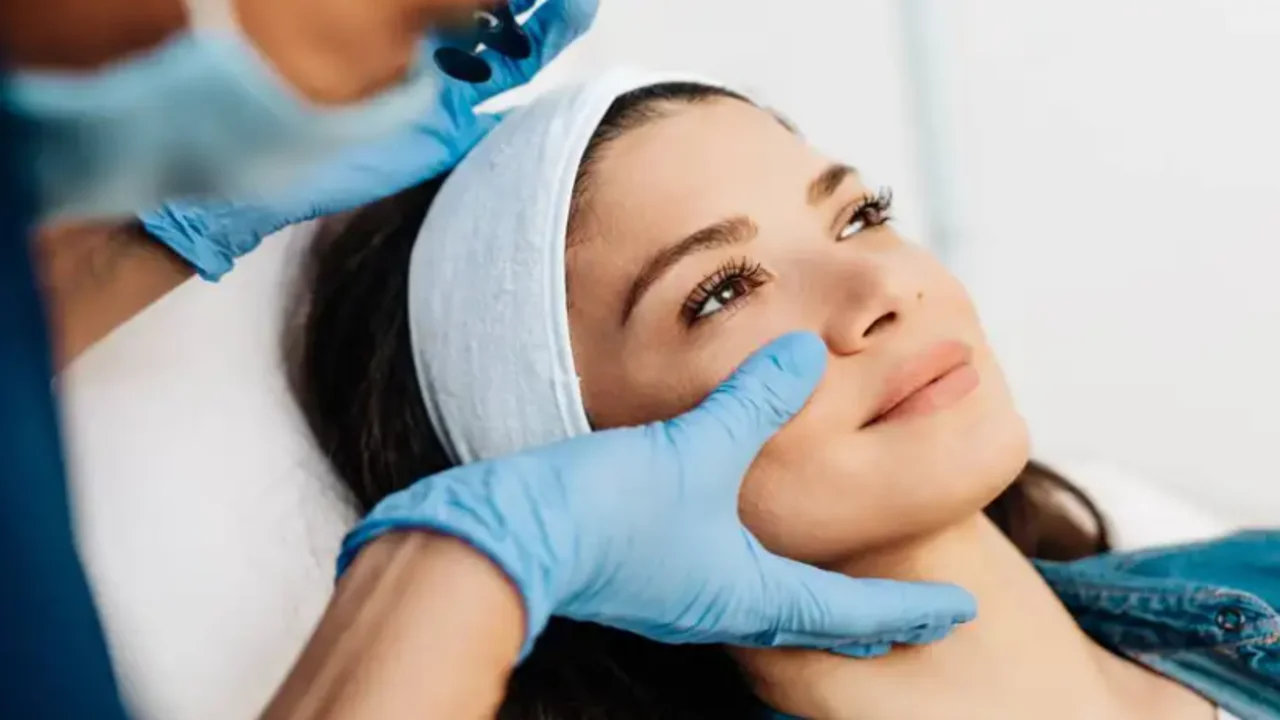Cosmetic surgery is a significant investment, both financially and emotionally. For many, procedures like breast augmentation, rhinoplasty, or liposuction can enhance self-confidence, but the cost can be a major factor in the decision-making process. Careful financial planning ensures that individuals can achieve their aesthetic goals without unnecessary financial strain.
Making an Informed Decision
A well-planned financial strategy makes cosmetic surgery more attainable. Consulting a trusted surgeon helps clarify both the medical and financial aspects of the procedure. Those considering breast augmentation in Chicago can explore options with Dr. Iteld. A commitment to clarity and transparency ensures that every step of the process is clear, allowing you to confidently embrace this exciting opportunity.
Understanding the Costs
The cost of cosmetic surgery, specifically rhinoplasty cost, varies based on location, the surgeon’s expertise, and the complexity of the procedure. The total expense includes the surgeon’s fee, anesthesia, operating room costs, post-operative medications, and follow-up visits. Additionally, some procedures may require revision surgeries or extended recovery periods, which can add to overall costs.
Budgeting for Surgery
Once you have an idea of the estimated cost, creating a savings plan is essential. Start by determining how much you can set aside each month. Opening a dedicated savings account for surgery can help you track progress and resist the temptation to spend on non-essentials. Reducing discretionary spending—such as dining out, subscription services, or impulse shopping—can also accelerate your savings.
Financing Options
For those who prefer not to wait, financing options can help cover the cost. Many clinics accept medical credit cards like CareCredit, which offer interest-free promotional periods. Personal loans from banks or online lenders can also provide funding with flexible repayment terms.
Some practices offer in-house payment plans, allowing patients to pay for surgery in installments. However, reviewing the terms and any associated interest rates is important to avoid excessive debt.
Checking Insurance and Employer Benefits
Since most cosmetic surgeries are elective, they are typically not covered by insurance. However, some procedures that address medical concerns—such as a breast reduction to alleviate back pain or a rhinoplasty for breathing difficulties—may qualify for partial or full coverage. Contacting your insurance provider can clarify what, if anything, may be covered.
Additionally, some employers offer Health Savings Accounts (HSAs) or Flexible Spending Accounts (FSAs). These allow pre-tax dollars to be used for medical expenses, including procedures with functional benefits. While purely aesthetic surgeries are generally not eligible, any necessary medical components of the procedure may be.
Accounting for Hidden Costs
Beyond the procedure itself, other expenses may arise. The total budget should include time off work, travel costs for out-of-town surgeons, post-surgery garments, and potential touch-ups. Having a financial cushion can prevent unexpected costs from causing stress during recovery.
Conclusion
Investing in cosmetic surgery is a personal decision that requires careful financial preparation. By setting a budget, exploring financing options, and planning for hidden costs, individuals can confidently undergo their desired procedures. A well-thought-out financial strategy ensures that the journey to self-enhancement is both rewarding and stress-free.

Doris Pollard, a mesmerizing wordsmith and experienced blogger, crafts narratives that carry readers into unexplored realms. Infused with insightful perspectives and vibrant storytelling, Doris’s mastery of language captivates both hearts and minds, making an enduring impression on the literary landscape.

